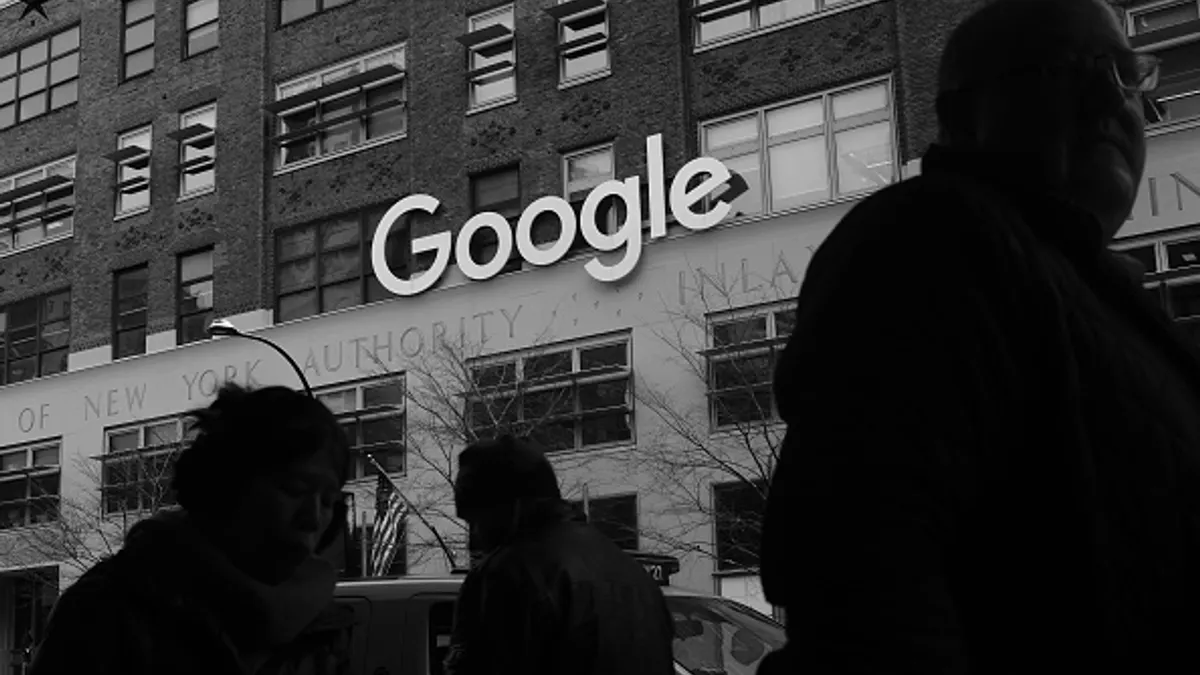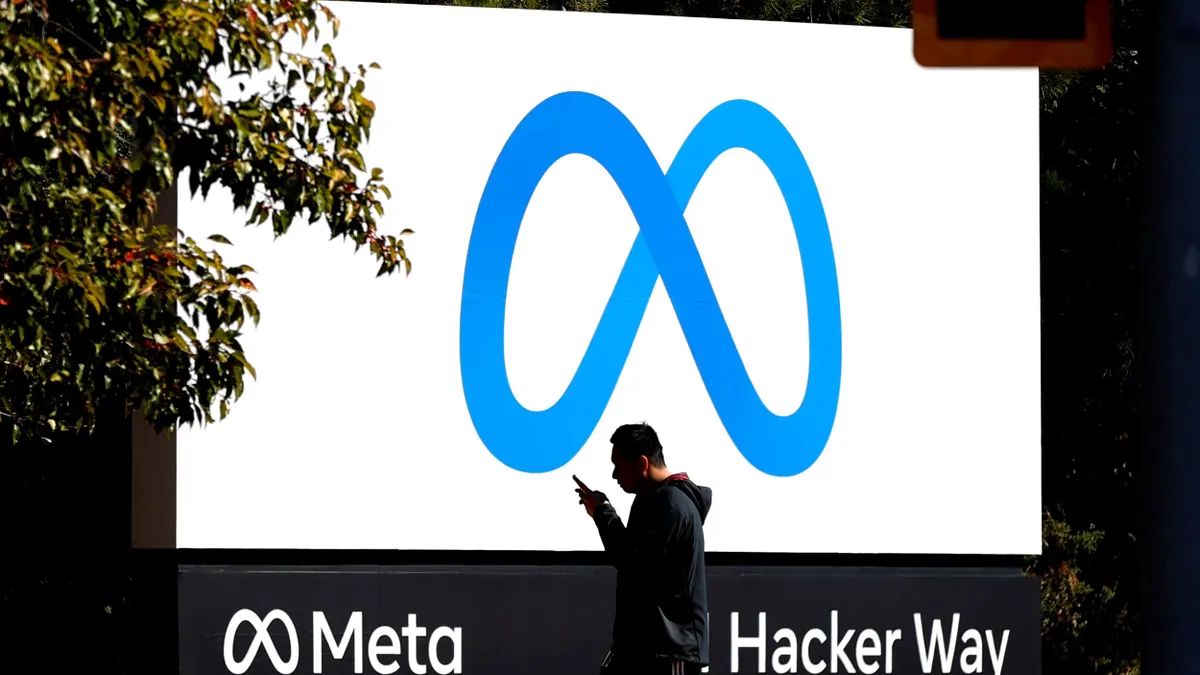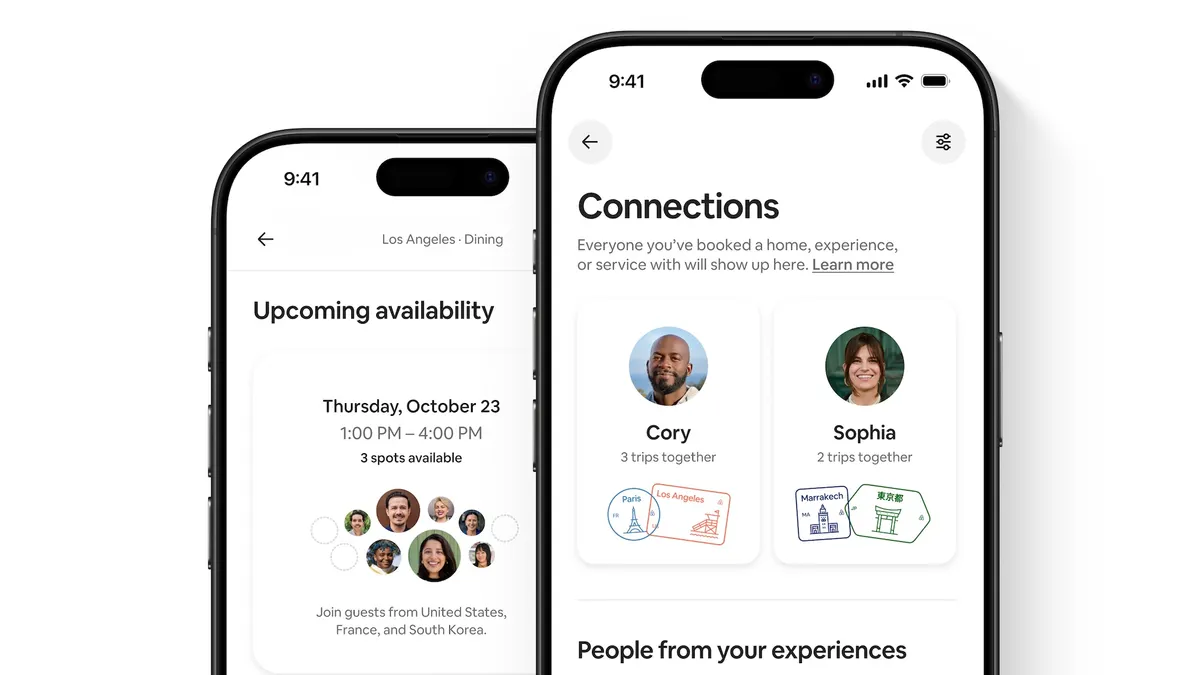The following is a guest post from Bridgette Darling, senior product marketing manager at Adobe.
Smartphones and computers are officially on even footing, with the former already gaining an edge in consumers' personal lives. People in the U.K. are just as likely to use their smartphones as their laptops throughout the day, according to a multicountry consumer survey Adobe recently conducted. Americans are even more dependent on their devices, with one in five admitting they "could not live without" their phones if they were lost or taken away for two weeks.
The rise of mobile is largely due to consumer demand, but it's also due to smartphones and apps becoming more user-friendly. The same research found that most countries have seen a major shift to mobile for banking, photographing documents and even email over the past two years.
However, while many services are growing more mobile-friendly, the way brands engage with consumers on mobile devices has not. Just one-third of consumers feel marketers do a good job of targeting them with the right offers at the right time on their smartphones. The rest feel overwhelmed by messages that seem irrelevant.
The hierarchy of importance
It's key to remember that people rarely choose to be marketed to. When they open a banking app or use Google Maps, they're consciously allowing these services into their lives.
Their relationships with mobile advertising is different. Consumers can be receptive to proactive messages from a brand, but they also have a limited amount of headspace and patience. For messages to cut through, they must rank high on an individual's personal hierarchy of importance.
Naturally, this depends on one's needs and the real-time context of their situation. That evolves constantly. For instance, a retailer will do more harm than good blasting every customer with an SMS to announce a sale. That retailer could build loyalty by diving deeper into its data and notifying customers about discounts on products they've previously shown interest in.
Timing is equally important, especially for a travel company like Virgin Holidays, whose customers take more time to plan and make their purchases than smaller-ticket items from CPG companies. According to Saul Lopes, Virgin Holidays' customer lifecycle lead, contextual messages dramatically outperform traditional marketing, contributing to a 33% jump in revenue.
Customers don't want to be spammed with ads for products they've already bought. In addition, mobile messages must be tailored to their device and complementary to the experience on other devices. Inundating audiences with the same messages on several channels will turn people off. They expect brand engagement to feel personalized to their needs and histories with a brand.
Building alignment
The challenge for brands in creating a customer-centric mobile experience comes down to a lack of alignment and consistency across their systems and processes.
The Adobe survey found nearly half of businesses say they lack global consistency in their mobile approach, with two in five saying they struggle with siloed data and systems. This absence of cross-system communication means mobile data is treated separately from all other forms of customer data. Processes across disparate touch points are kept separate as well.
Part of the reason for this is that companies use technology systems from multiple vendors to manage their data. It's essential to break down these silos so companies can work with all the information they collect in a common format, made possible by industry collaboration like the Open Data Initiative.
In addition to data silos, businesses struggle to find the operating model to take advantage of their data and work in a more unified way. When a room full of attendees at a recent Adobe user conference was asked whether they felt they had the ideal operating model in place to manage mobile experiences, not a single hand raised.
This is a telling reflection of reality, but also encouraging to see brands accept that there's work to be done and look to improve. Getting mobile right isn't just about building a dedicated team or business unit. It takes alignment across the entire business at an operational, technological and cultural level, which is challenging for any organization.
Design for global scale, provide flexibility for local needs
The pressure is on, especially as online-only players continue to upend traditional business models and win customers. Take Stitch Fix, a popular subscription retail service. At its inception, the company took time to understand how customers want to make purchases and reverse-engineered its entire operation — people, processes and systems. Stitch Fix lacked legacy systems holding it back and no loyalty to conventional sales channels.
Established players don't have this luxury, but they do have the benefit of scale, a major advantage over startups. After all, it's easier to change the flow of a river with a boulder than with a pebble.
The key lies in understanding where to standardize processes and where to remain flexible. The drive to cut costs and work faster has compelled many brands to centralize operations where possible, but there's a danger in overdoing it — gaining efficiency at the expense of personalization or complementing brands' existing services. For instance, there's a tendency for companies to roll out mobile apps that barely differ from their websites, instead of adapting the experience to smaller screen sizes and adding personal touches that will inspire people to actually use them. Consumers have no patience for this, especially when even the financial services sector has been able to deliver strong mobile banking apps despite carrying a heavy legacy burden.
To be successful, enterprises must design for global scale while providing flexibility for local needs. Some centralization will always be necessary for critical operations and data, but standardization is much more important when it comes to shaping the customer experience.
When processes are simplified and made accessible across an organization, they can easily be adapted to serve multiple channels. For businesses operating in multiple regions, this also means localization to the specific needs of each market and respective audience.
The benefits of alignment between services will become only more evident as new channels and tech take off. Chatbots and virtual assistants are already common in many countries. The question is not whether people will embrace new devices — it's how brands will evolve and broaden their customer experiences to serve them on these devices. The rise of mobile has presented a significant challenge to date, but by adapting and aligning their approaches properly today, companies will position themselves to embrace change more successfully across every channel their audiences choose to engage with.





















